When we think of communication in the animal kingdom, it’s easy to default to the obvious examples, like birds chirping in the trees or dogs barking to get our attention.
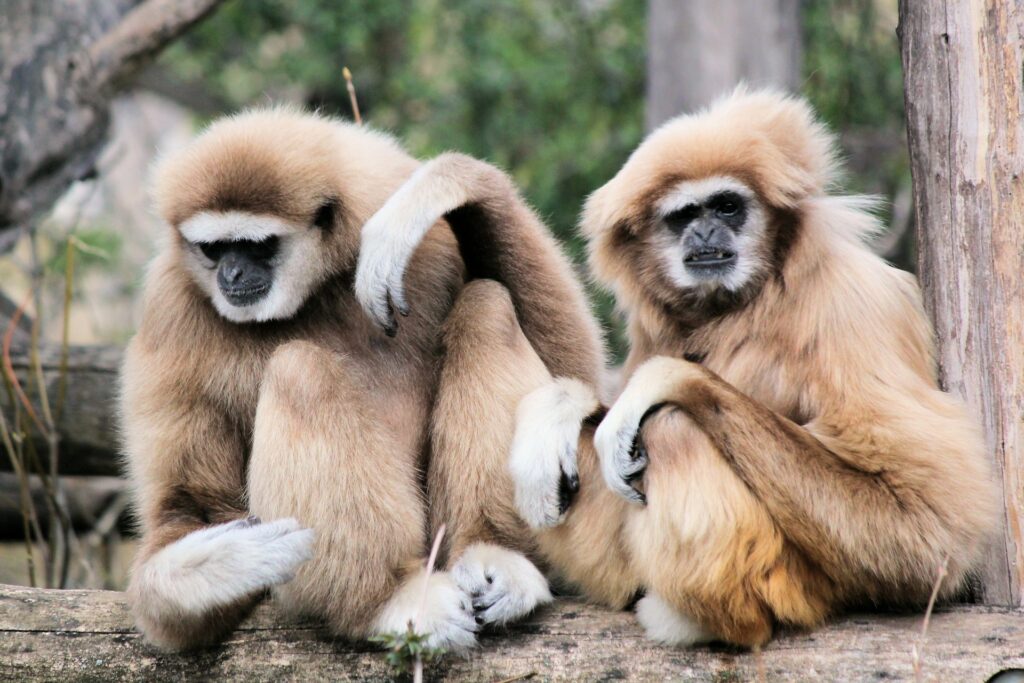
Of course, the reality is far more intricate and, frankly, mind-blowing. Many animals, from elephants and dolphins to ants and cuttlefish, have developed rich, nuanced ways to communicate that go well beyond simple sounds. Some of these methods are vocal, others rely on movement, scent, colour, or even electricity. And the more we study them, the more we realise just how sophisticated, intentional, and adaptive animal communication really is.
As our understanding of animal behaviour deepens, it’s becoming increasingly clear that these are not random acts or instinctive gestures. These are systems of meaning—complex languages, if you like—that allow animals to share information about danger, food, territory, identity, social dynamics, and emotion. Often, they’re doing it in ways we’re only beginning to understand. Here are just some of the animals that are surprisingly good at communicating, and how they do it.
Elephants
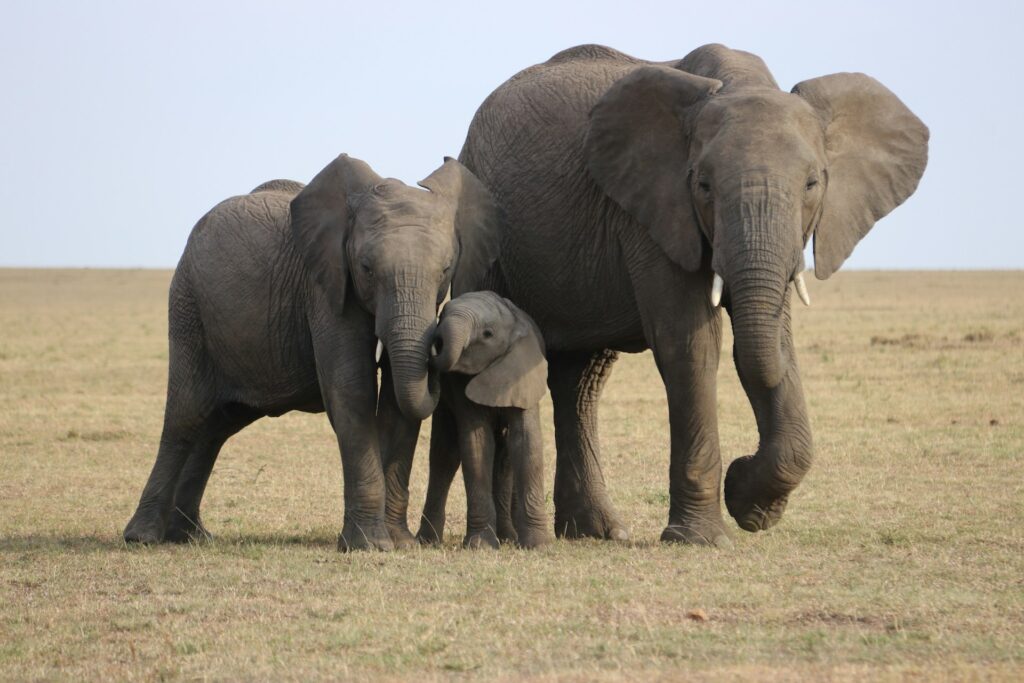
Elephants are emotional, intelligent animals with strong social ties, and they use an incredible range of signals to stay connected. Along with trumpeting and rumbling, elephants communicate using infrasonic calls that travel several miles through the ground and air—calls humans can’t hear, but other elephants can detect through their feet and trunks. They also use tactile signals, like entwining trunks or touching each other gently with their feet or tusks, and rely heavily on scent. Their communication is layered and often deeply emotional, used to express everything from reassurance to grief.
Dolphins

Dolphins have one of the most sophisticated vocal systems in the animal kingdom. Each individual has a unique signature whistle—the dolphin equivalent of a name—and they use these to identify and call each other. But it doesn’t stop there. Dolphins also communicate through clicks, squeals, and body movements. They use coordinated sounds when hunting and have been observed mimicking human speech and even other species. Their ability to understand gestures and symbols used by researchers suggests they can grasp abstract concepts, making their communication skills both deep and flexible.
Prairie Dogs

Prairie dogs may look like simple rodents, but they have one of the most complex natural languages of any non-human animal. Researchers have discovered that their alarm calls can describe the size, shape, and speed of an approaching predator, and even distinguish between different species of humans based on clothing colours. Their language has a sort of grammatical structure and seems to allow for novel combinations—something we typically associate with human language. It’s a reminder that big cognitive ability doesn’t always come in a big package.
Cuttlefish
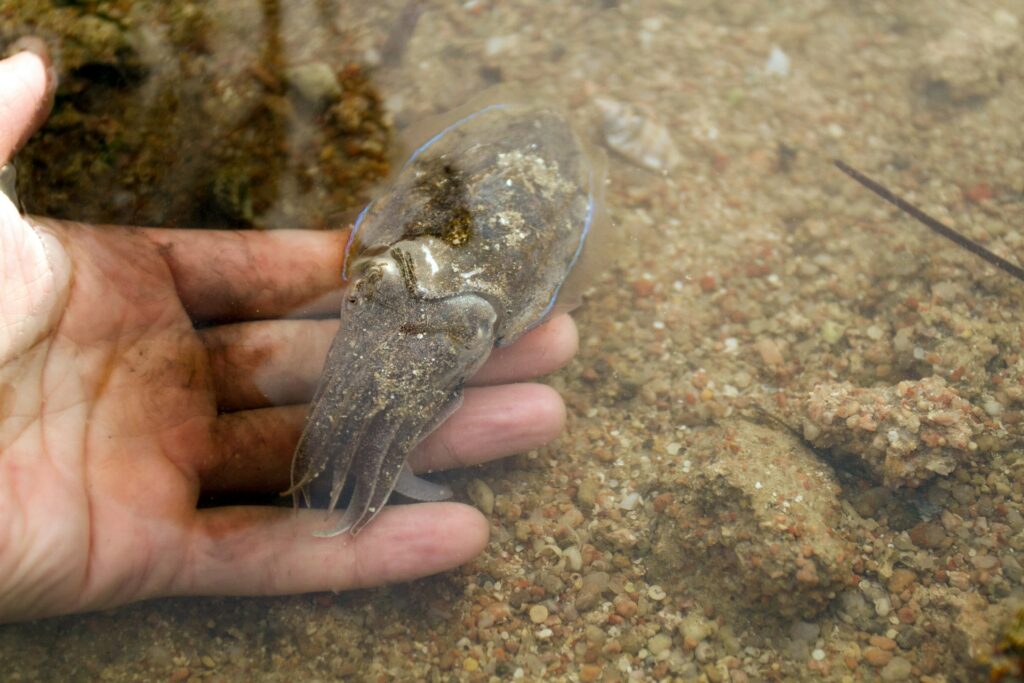
Cuttlefish, close relatives of octopuses, use an extraordinary visual language. Their skin contains layers of cells that can produce rapid colour changes, allowing them to communicate warning signals, aggression, and mating readiness. They also use their arms and body posture to reinforce their message, kind of like body language. What makes it even more impressive is their ability to simultaneously blend into the background while sending a visible message to another cuttlefish. Their communication is often described as one of the most visually dynamic in the animal world.
Honeybees
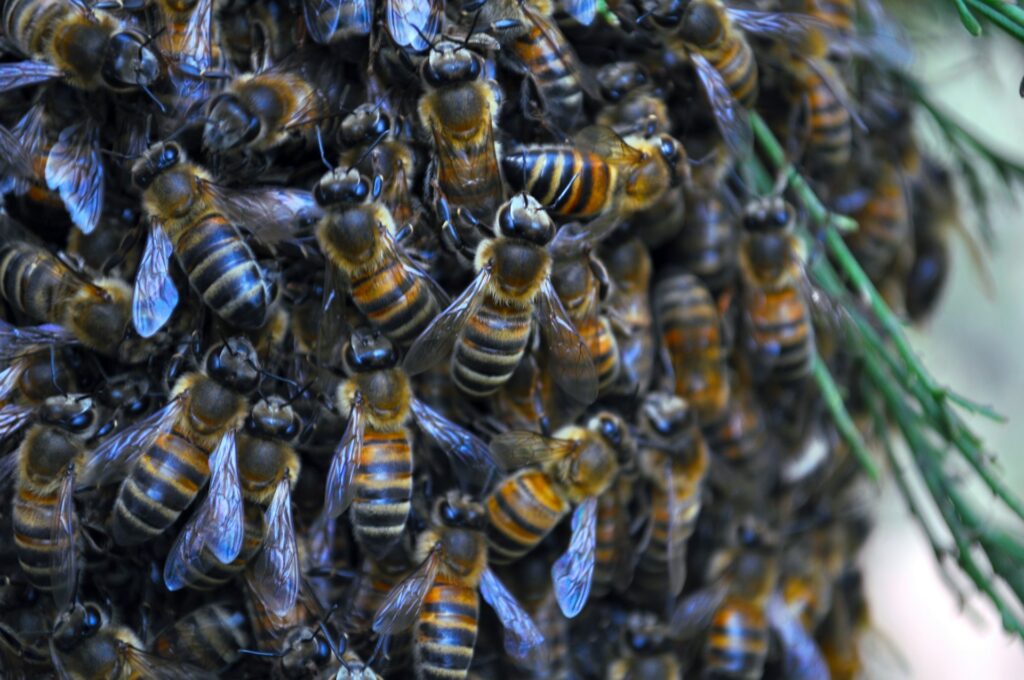
Bees are best known for their role in pollination, but inside the hive, they’re also incredible communicators. The waggle dance, performed by forager bees, is a precise, symbolic behaviour that tells other bees where to find food. The direction of the waggle indicates the angle of the food source relative to the sun, and the duration shows the distance. But bees also communicate via scent and vibration. Their system is intricate and decentralised—there’s no boss bee, just constant, low-level data-sharing.
Parrots
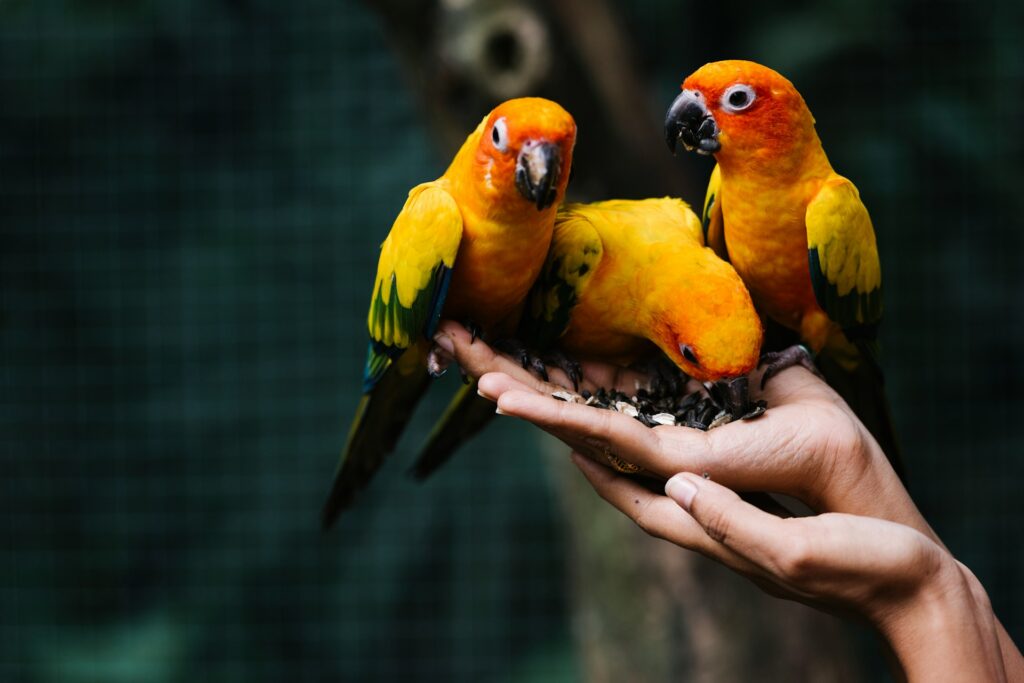
Parrots are vocal learners, which means they can hear sounds and replicate them, and that’s a rare ability among animals. However, it’s not just mimicry. Some parrots, especially African grey parrots, have been shown to understand words and use them meaningfully. One famous example, Alex the parrot, could count, identify objects, and even ask questions. Parrots use their vocal abilities in the wild to reinforce bonds, identify themselves, and even socially manipulate. Some researchers believe their social communication rivals that of primates.
Octopuses

Octopuses are notoriously solitary but communicate with flair when they need to. Like cuttlefish, they change colour and texture using chromatophores, and this often reflects their emotional state—from pale, relaxed tones to intense reds or blacks when threatened. Their arm gestures and body posture also signal intent. Their intelligence is often described as alien. They have distributed brains, with neurons in their arms, but their ability to learn, solve problems, and communicate emotionally makes them one of the most fascinating communicators in the sea.
Ravens
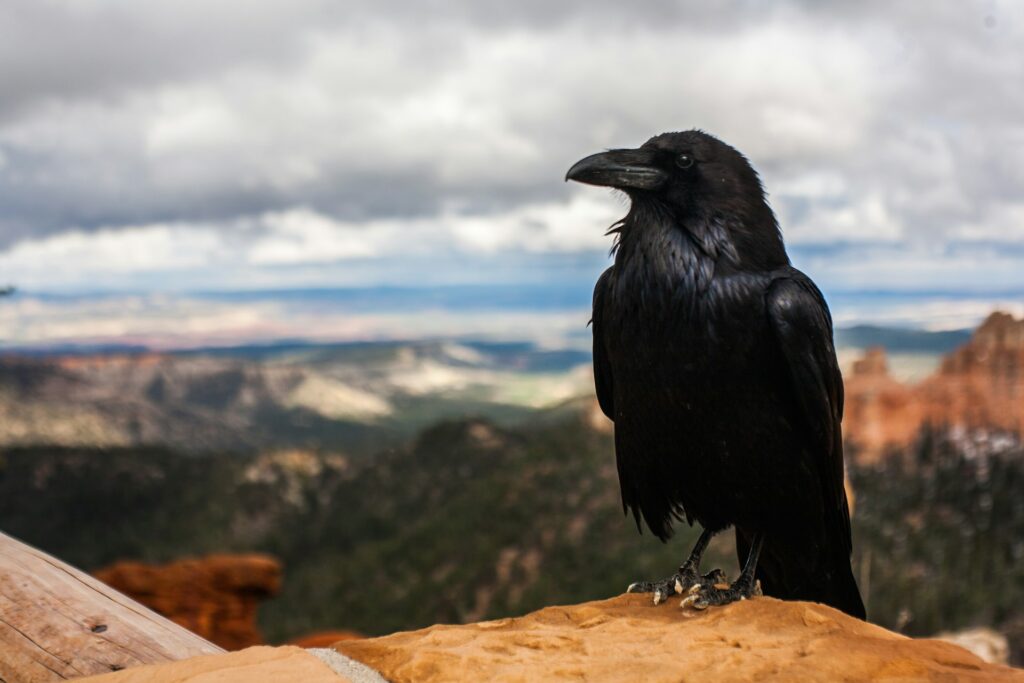
Ravens don’t just squawk randomly. They use more than 30 different calls, and often combine vocalisation with gestures like pointing their beaks or showing objects—actions once thought to be unique to humans. Ravens can share information about food locations, warn of predators, and even deceive other birds to protect hidden stashes. Studies suggest that ravens plan for the future and may understand the mental states of other animals, which places their communication in a category of social intelligence we’re only beginning to appreciate.
Dogs

Dogs have evolved alongside humans, and in doing so, they’ve developed an uncanny ability to read us. They respond to human gestures, eye contact, facial expressions, and tone of voice. Many can learn the meaning of hundreds of words and phrases. They also communicate back, not just by barking or whining, but through posture, tail position, ear movement, and eye gaze. What makes dogs exceptional communicators is their ability to read intention and emotion, not just signals, which makes them remarkably attuned to human behaviour.
Whales
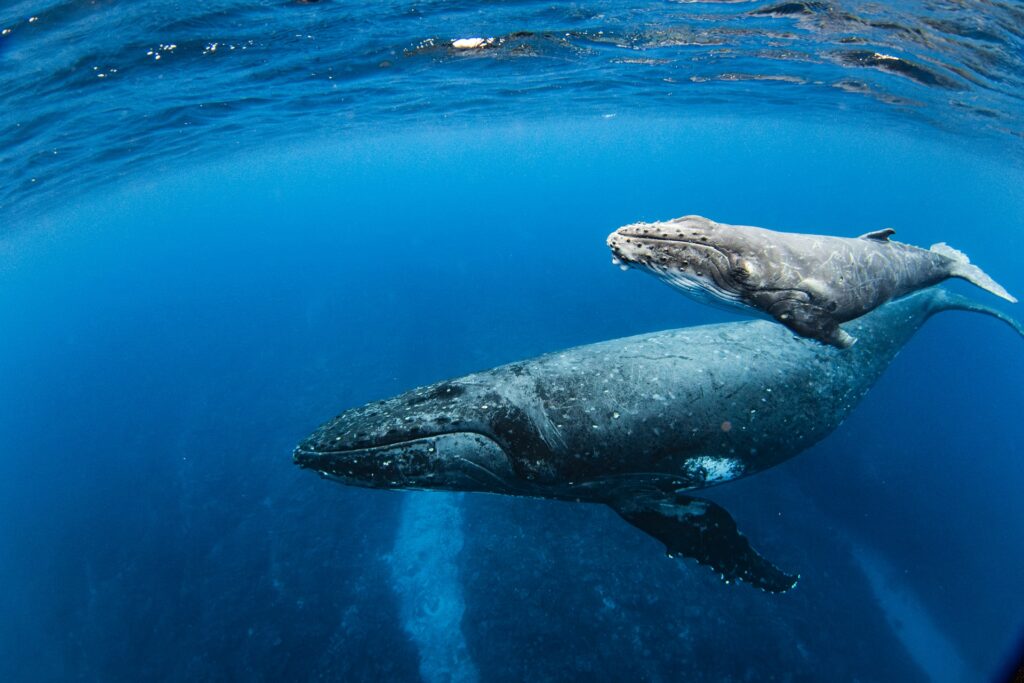
Whales, especially humpbacks, sperm whales, and orcas, have complex vocal repertoires used for everything from mating to group coordination. Humpback whale songs can last for hours and evolve over time, suggesting a cultural transmission of communication styles. Orcas have unique dialects for each pod, with some evidence that these dialects are learned rather than inherited. Whales also use clicks and pulses for echolocation, which doubles as a communication system in the dark, deep waters they inhabit. Some whale groups even appear to have different “cultures” based on their communication and hunting styles.
Ants
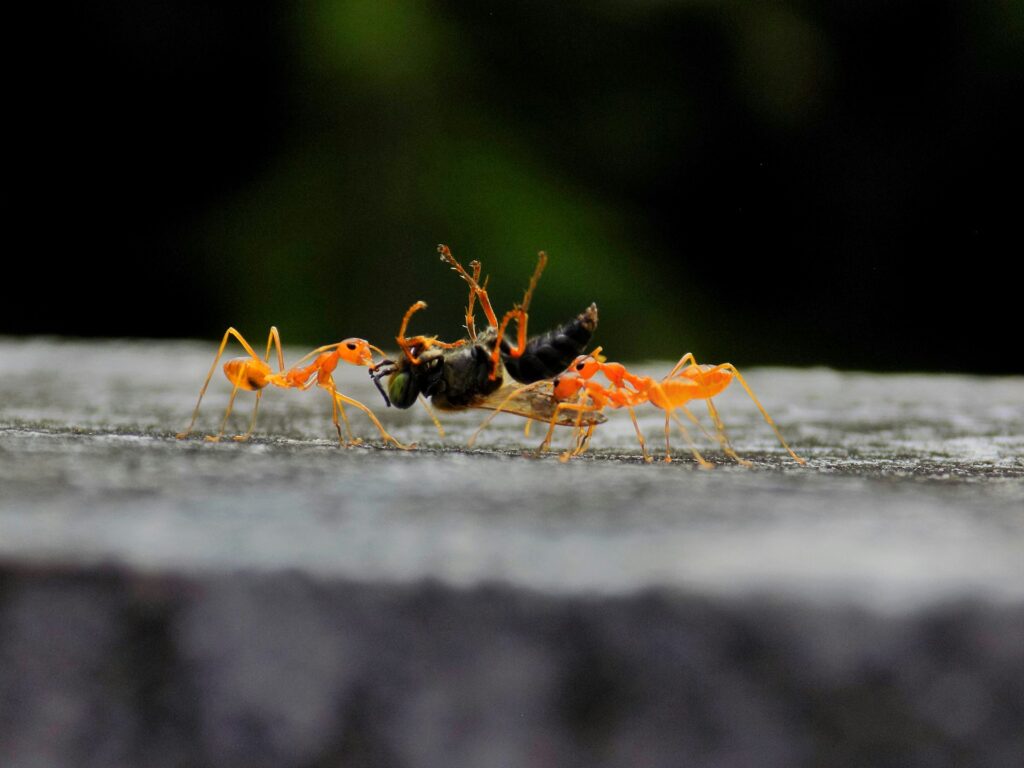
Tiny and often overlooked, ants are masters of collective communication. They use pheromones—chemical signal—to leave trails, signal danger, or organise tasks. These trails are so effective that they allow thousands of ants to behave as one coherent unit. They also use touch and antennae tapping to convey more complex signals within the colony. Despite lacking a central brain or leader, ant colonies display coordinated behaviour that’s been compared to superorganisms, all thanks to their remarkably efficient communication system.
Gibbons
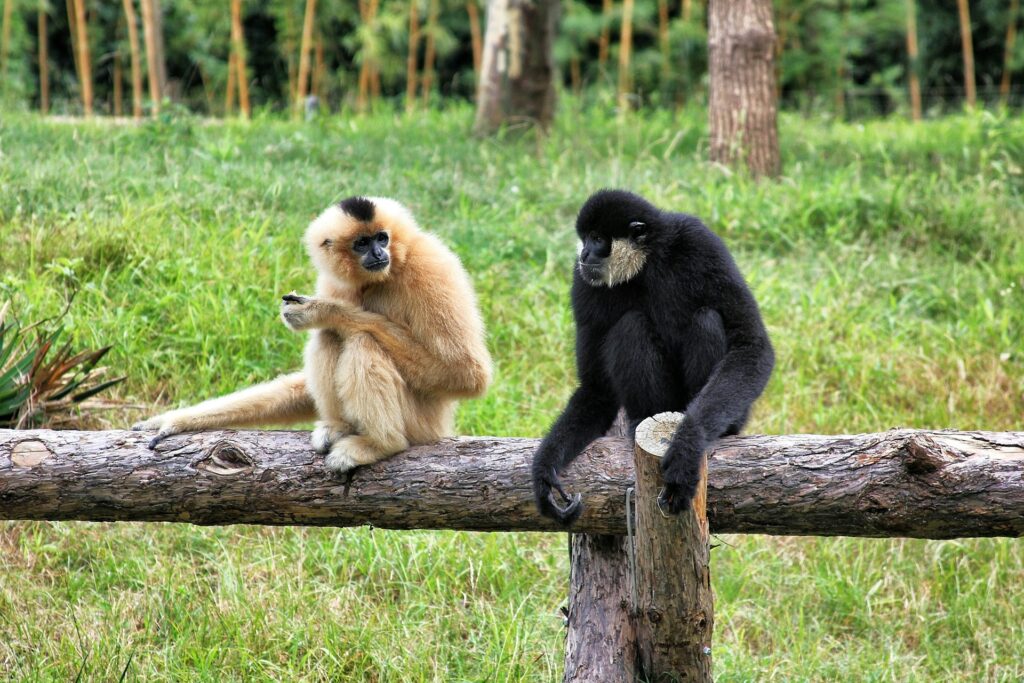
Gibbons are small apes with outsized voices. They use song-like calls, some lasting up to half an hour, to maintain pair bonds, defend territory, and alert others to danger. Gibbon duets, performed by bonded pairs, are tightly coordinated and unique to their region—in essence, they speak in dialects. These songs vary across populations and can be passed down across generations, making them one of the few non-human animals to display both vocal learning and cultural transmission through sound.
The animal world is rich with communication methods that go far beyond what we once imagined.
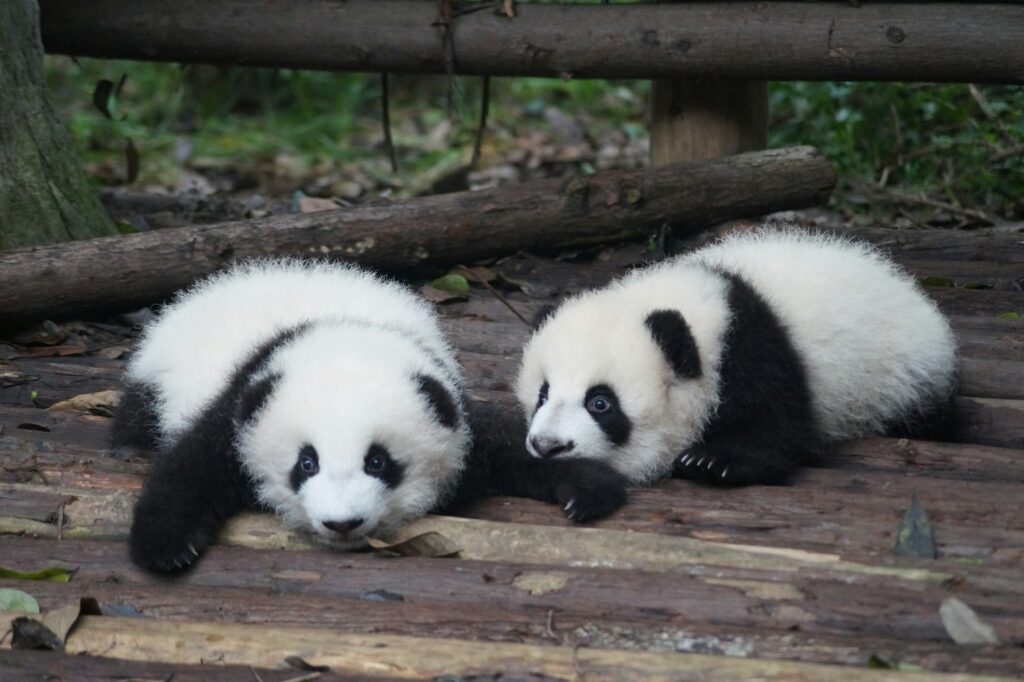
From colour-changing skin to symbolic dances, scent trails, personalised calls, and region-specific songs, each species has evolved tools that suit their environment and social structure. Studying these systems not only deepens our understanding of animal intelligence. It also forces us to reconsider how we define language and connection.
Whether it’s a dolphin calling its friend, a bee describing a flower, or a raven planning a ruse, these creatures remind us that communication isn’t a uniquely human skill. It’s a fundamental part of life. And when we learn to listen more closely, we start to hear just how much the animal kingdom has to say.